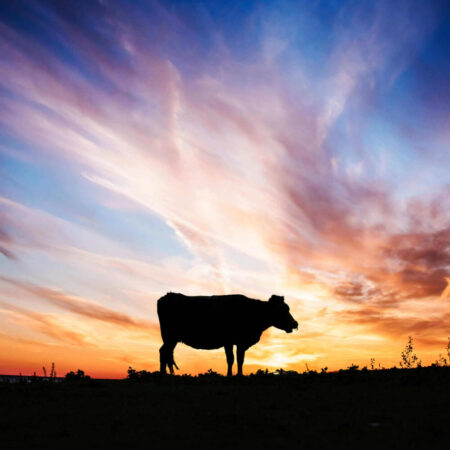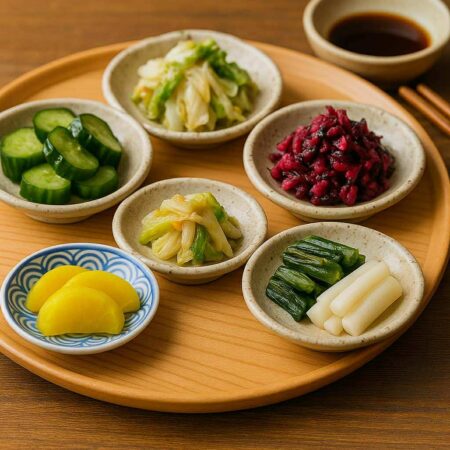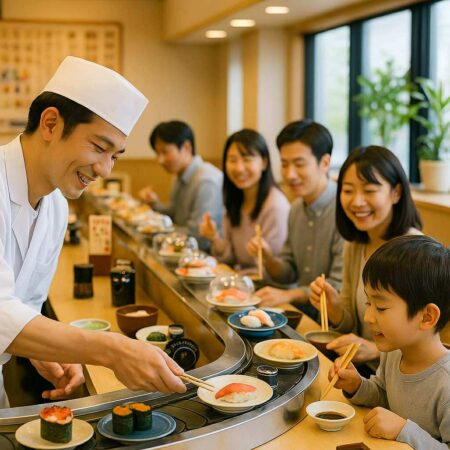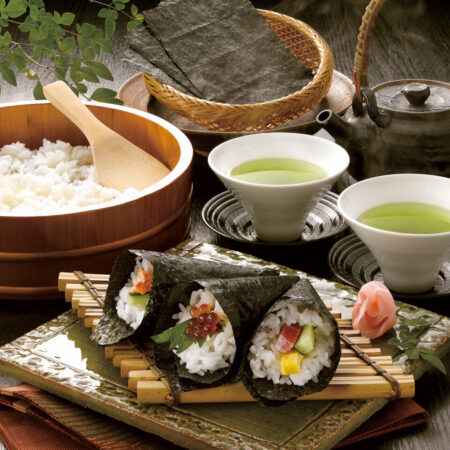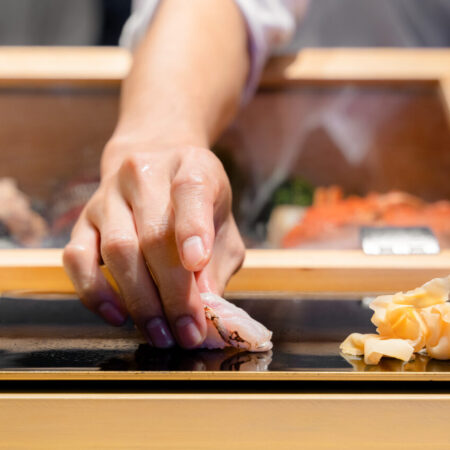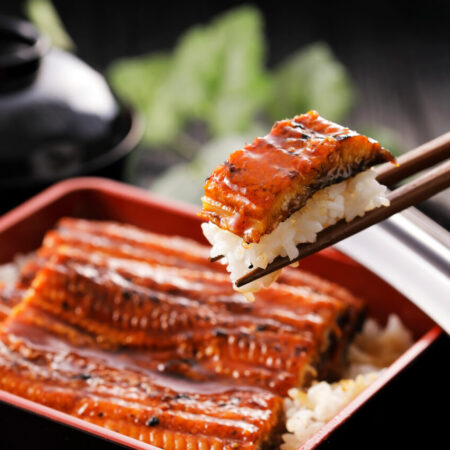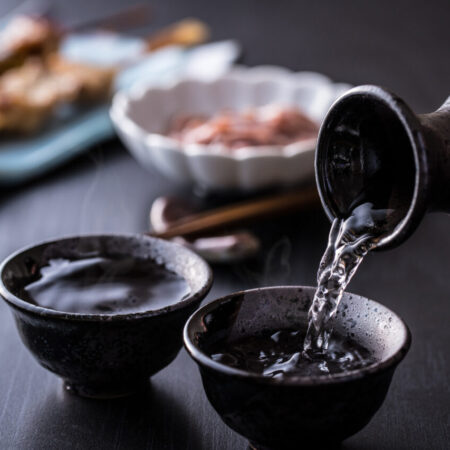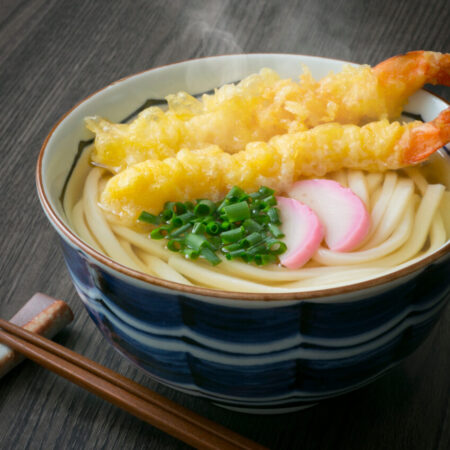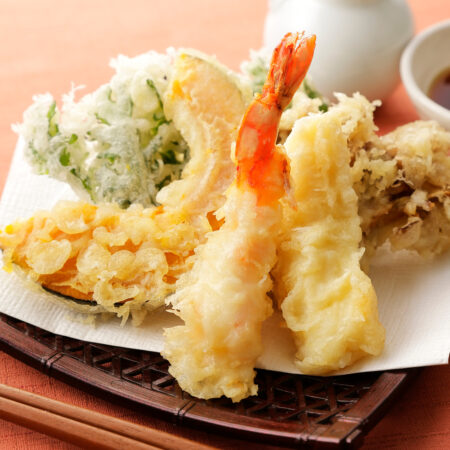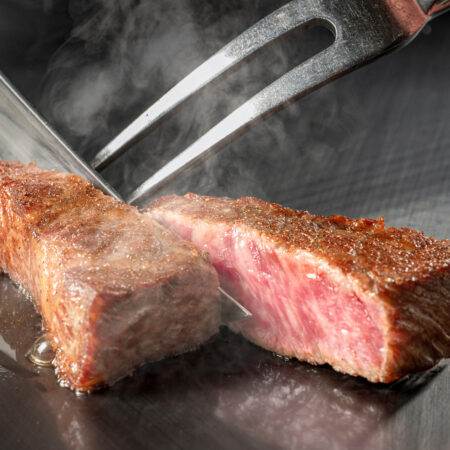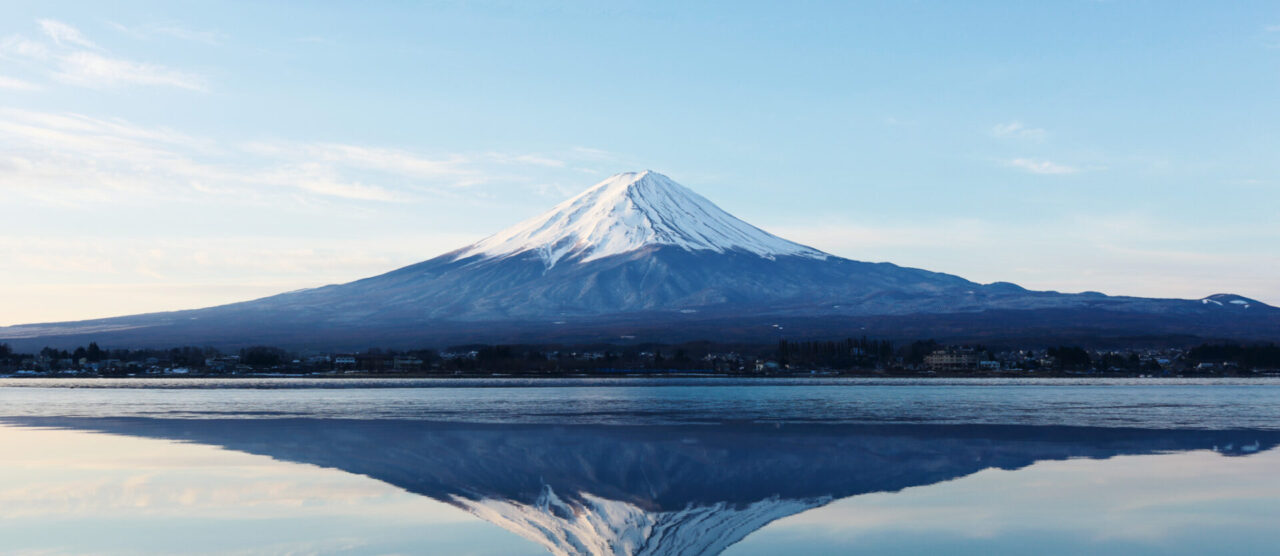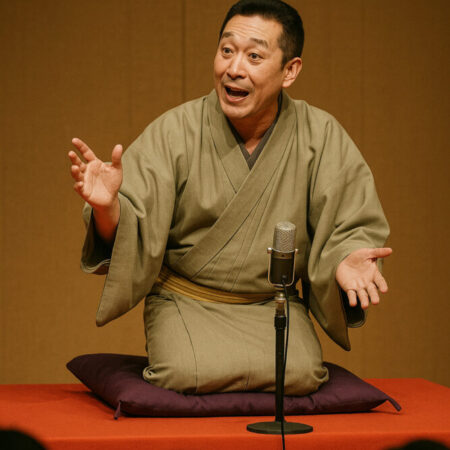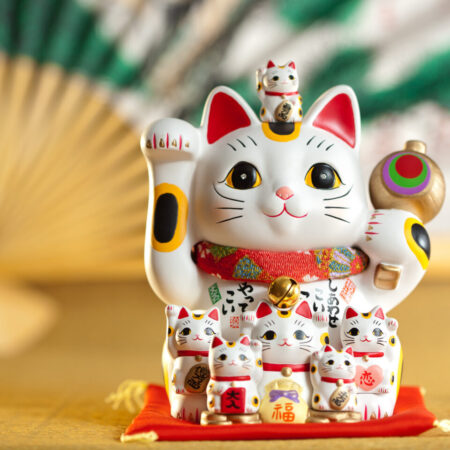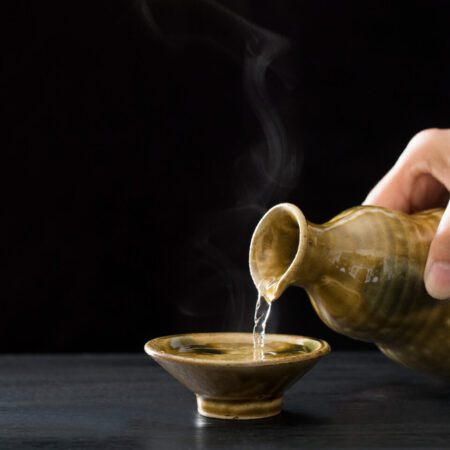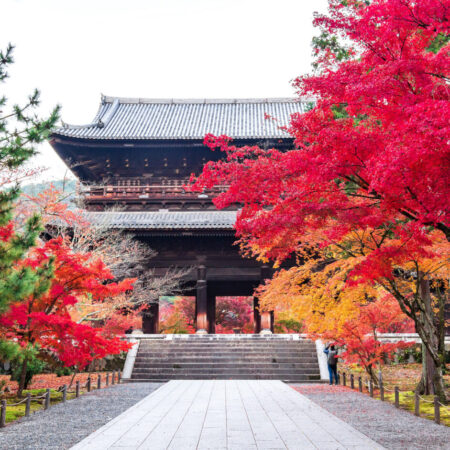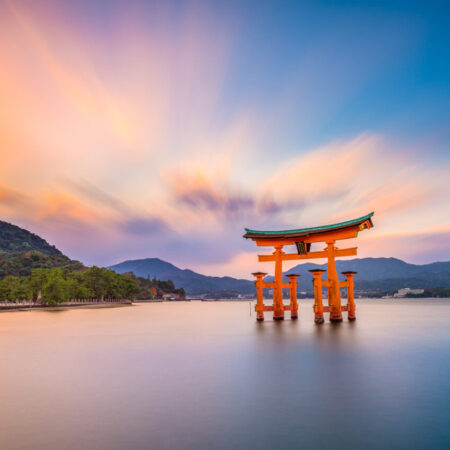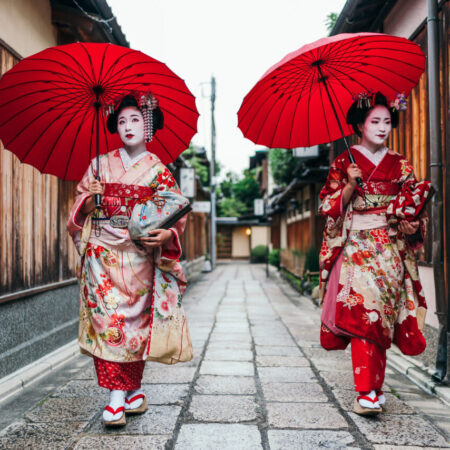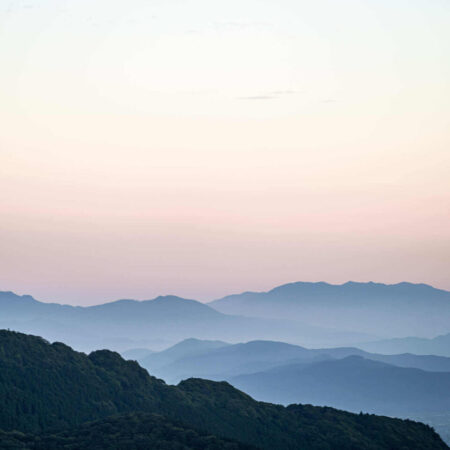1. Introduction — Beyond Luxury, Toward Heritage
To the world, wagyu means luxury.
But to Japan, it means lineage — a story of soil, climate, and patience carried in blood.
Every slice of marbled beef is not merely fat; it is the visible form of time.
Wagyu is not bred for speed or size — it is bred for intimacy with nature.
2. The Bloodlines — A Genealogy of Taste
There are four officially recognized Japanese cattle breeds that form the foundation of wagyu:
Kuroge Washu (Japanese Black) — Originated in Kyushu; the most common wagyu breed, known for fine, evenly distributed marbling (shimofuri).
Akaushi (Japanese Brown) — Found mainly in Kumamoto and Kochi; lower fat content, clean flavor, high oleic acid.
Nihon Tankaku-shu (Japanese Shorthorn) — Northern Japan, especially Iwate; bold flavor, high in red meat and iron.
Mukaku Washu (Japanese Polled) — From Yamaguchi; very rare, beefy umami and low fat.
Bloodlines are the DNA of taste — geography written into flesh.
3. The Science and Spirit of “Sashi” — Marbling as Philosophy
Marbling (sashi) is not random.
It is a result of selective breeding, long feeding periods (30+ months), and stress-free living environments.
The Japanese see fat not as indulgence, but as texture of harmony — the balance between melting and structure.
Scientifically, sashi contains a high ratio of monounsaturated fatty acids (MUFA), particularly oleic acid, which gives it a low melting point (below 25°C).
Thus, it literally melts in the mouth.
The art of wagyu is not to chew, but to listen — to how fat turns into flavor.
4. The Great Houses of Wagyu
Kobe Beef (Hyogo) — The Aristocrat of Umami
Derived from Tajima cattle (a Kuroge bloodline), Kobe beef represents the pinnacle of refinement: ultra-fine marbling, sweet fat, and a fragrance known as wagyu aroma.
Strict certification ensures only a few thousand head per year earn the Kobe title.
Each slice is a lesson in restraint — nothing in excess, everything in harmony.
Matsusaka Beef (Mie) — The Queen of Marbling
Famous for its deep, spiderweb-like sashi and tenderness, Matsusaka beef is produced from virgin female cattle only.
The rearing involves meticulous feeding — beer, massage, music — though largely symbolic today.
Omi Beef (Shiga) — Japan’s Oldest Brand
With over 400 years of history, Omi beef was once presented to shoguns as medicine.
Its taste is delicate and slightly sweet, reflecting the soft water and rice-fed environment of Lake Biwa’s basin.
Saga Beef (Saga) — The Balanced Modernist
Produced in Kyushu’s mild climate, Saga beef combines the silky marbling of Kuroge with rich umami.
It’s recognized for its fine-grain sashi and clarity of taste — a harmony between fat and meat that mirrors Kyushu’s gentle topography.
Miyazaki Beef (Miyazaki) — The Athlete of the South
Winner of multiple Wagyu Olympics, Miyazaki beef is known for its consistency and deep savoriness.
Its fat is lighter, its meat more muscular — a reflection of both genetics and discipline.
5. Beyond the Plate — Wagyu as a Cultural Mirror
Wagyu reflects Japan’s paradox: indulgence through restraint.
Each region, each bloodline, each rancher adds a verse to a national poem of taste.
What melts on the tongue is not just fat, but the accumulated tenderness of time, hands, and climate.
To understand wagyu is to taste patience.



